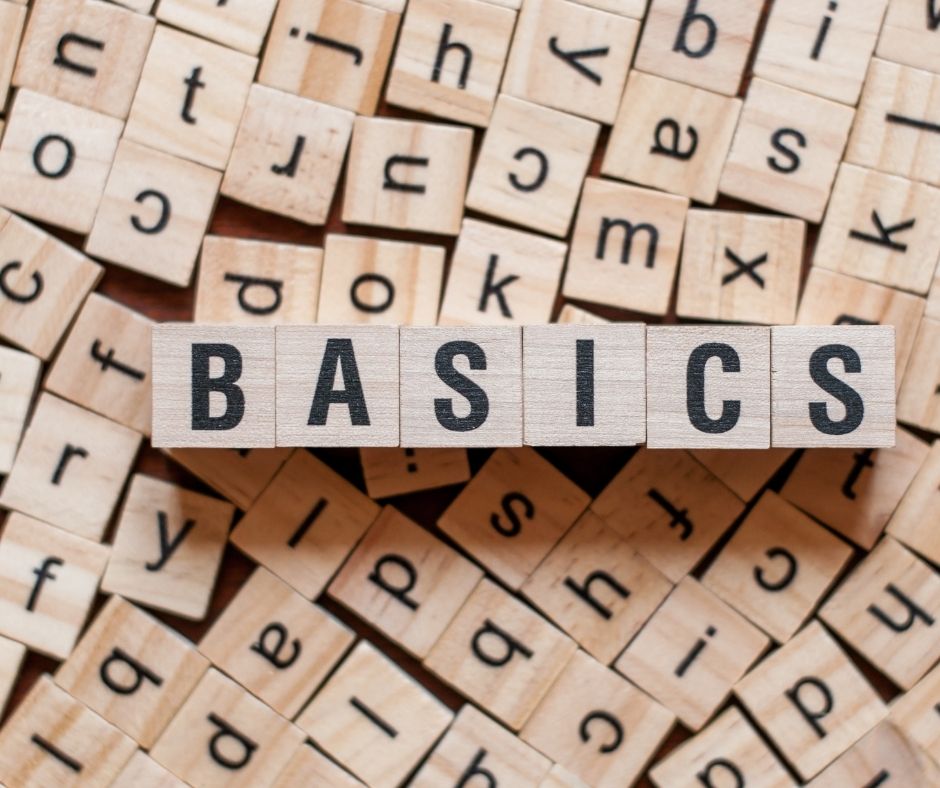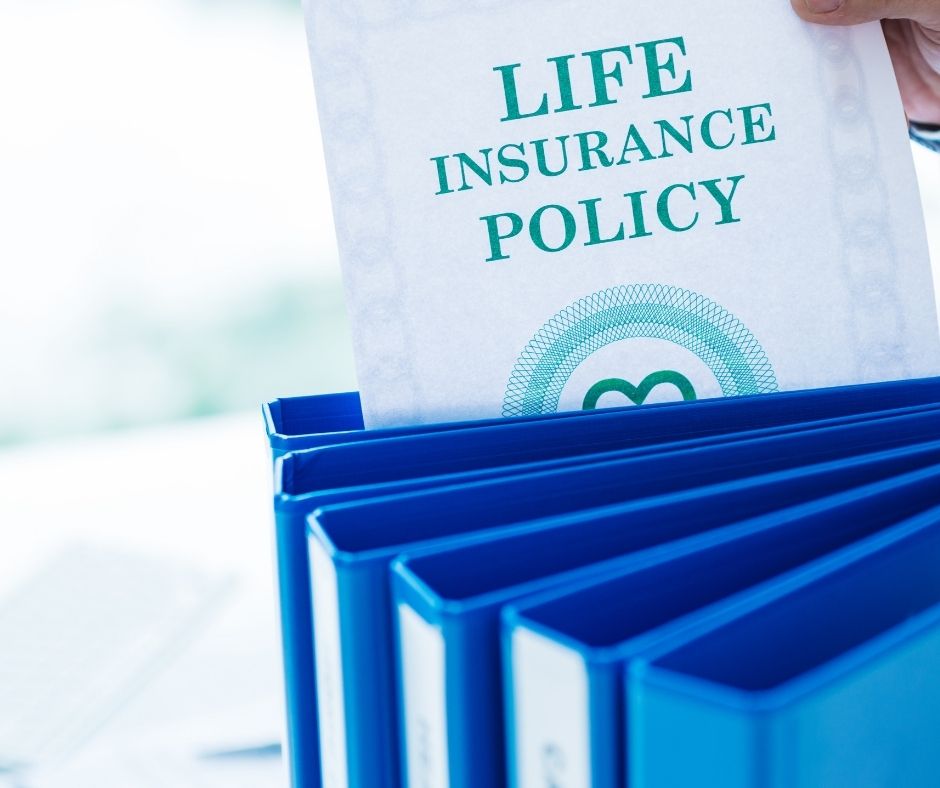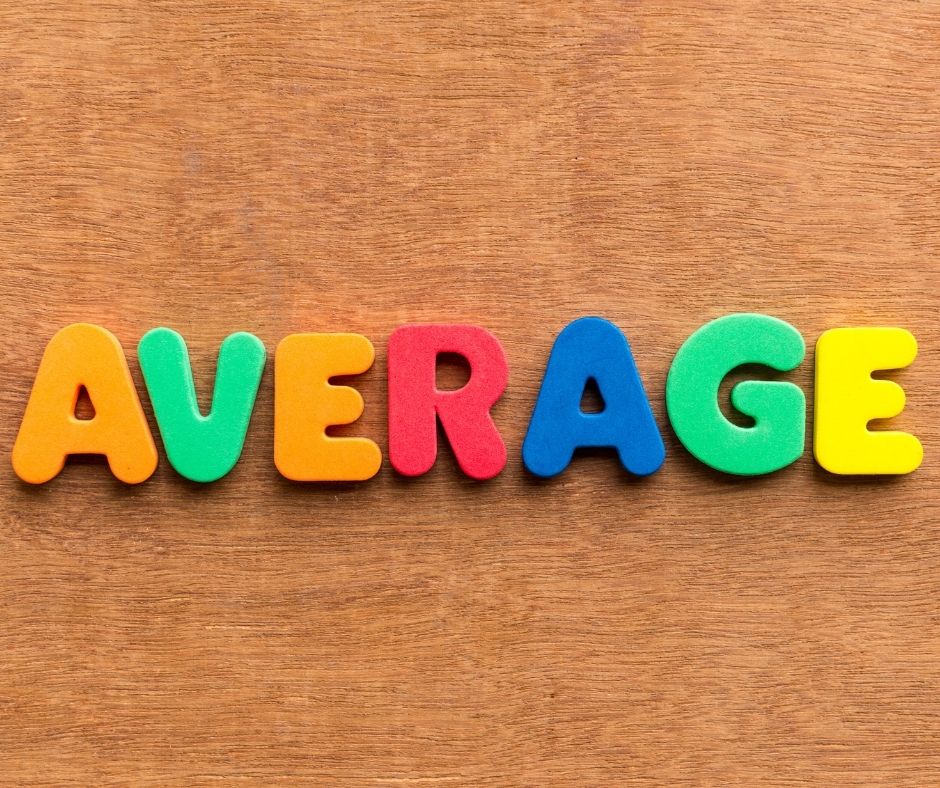how much life insurance do i need
Life insurance is designed to provide financial protection for your loved ones if something happens to you. The main goals of life insurance are to replace income and provide a safety net in an emergency. Understanding how life insurance works and what type of policy works best for your situation is essential. When selecting a policy, consider the amount and length of coverage you need based on your current income, debts, and other financial obligations. For example, younger people may purchase a term policy because it only covers them for a specific length of time or a 100% death benefit guarantee for a certain period. On the flip side, those with lifelong family obligations may purchase whole life insurance that carries a fixed premium over time and cash value accumulation benefits if they don't need serious coverage right away.
When selecting life insurance, be aware of how long you are committing to the policy. Policies typically have a minimum age for when a policyholder can access the benefits and a maximum period when the premiums will stop being collected. Some policies also include a "cash out" option which allows you to receive some or all of the value of the policy in return for canceling it. Additionally, if you choose to do so, there may be fees associated with canceling a policy before its end date. For this reason, including this information in your research and knowledge is vital before signing up for coverage that best fits your needs and budget.



